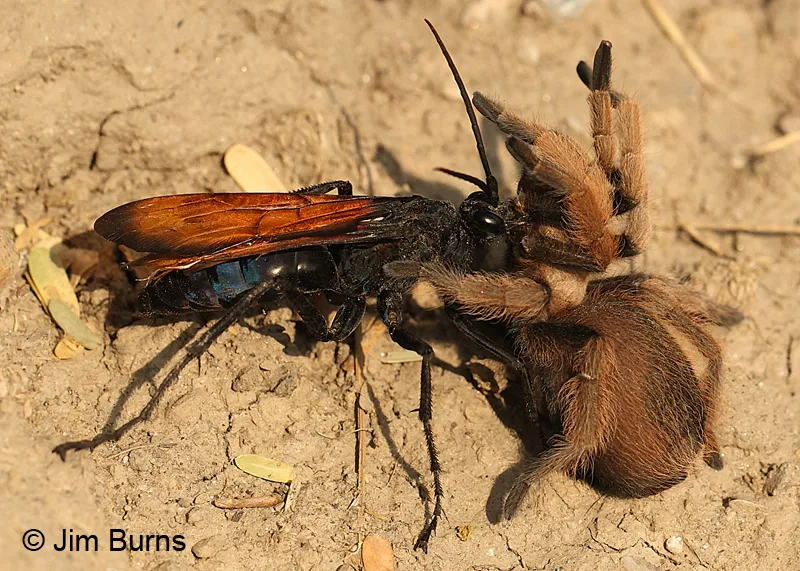Tarantula Hawks The Ultimate Guide
Tarantula Hawks are some of the most fascinating and feared insects on the planet. Known for their incredibly painful sting, these wasps are a force of nature. This guide delves into the world of Tarantula Hawks, exploring their characteristics, behavior, the pain they inflict, and what makes them so unique. We’ll uncover facts, dispel myths, and provide insights into these amazing creatures. Understanding these wasps is the first step to appreciating (and respecting) them.
What Are Tarantula Hawks?
Tarantula Hawks are large, robust wasps belonging to the genus Pepsis and Hemipepsis. They are easily recognizable by their striking appearance a deep metallic blue or black body and vibrant orange or rust-colored wings. These solitary wasps are found in various parts of the world, primarily in the Americas. Their size and coloration set them apart, making them stand out in any environment. They are predators, and their primary prey is, as their name suggests, tarantulas. The life cycle and behavior of the Tarantula Hawk are incredibly interesting to anyone interested in insects.
Tarantula Hawk Characteristics
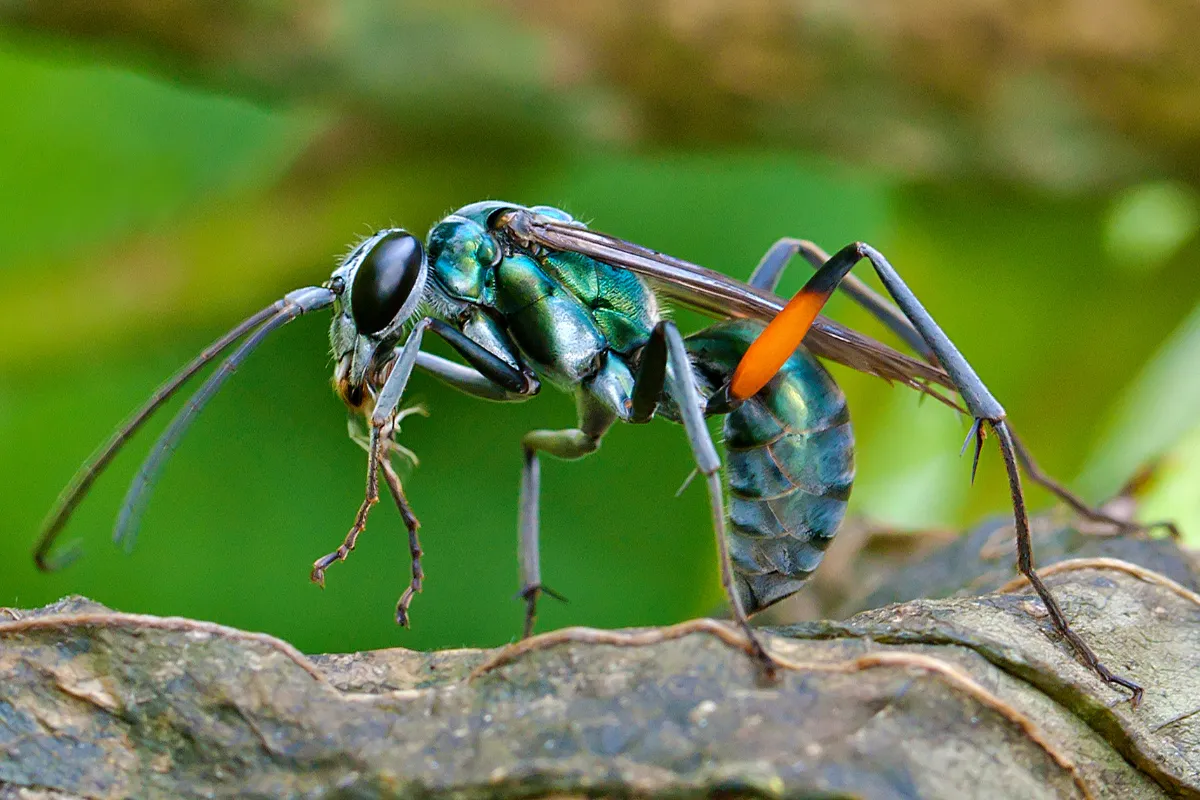
Appearance and Size
Tarantula Hawks are among the largest wasps on Earth, with some species reaching up to 2 inches in length. The females are generally larger than the males. Their bodies are typically a deep, iridescent blue or black, while their wings display a brilliant orange or rust color. This striking combination of colors serves as a warning to potential predators. Their powerful legs and mandibles are adapted for hunting and manipulating their prey.
Habitat and Distribution
Tarantula Hawks are primarily found in the Americas, especially in the southwestern United States, Mexico, and parts of South America. They prefer arid and semi-arid environments, including deserts, scrublands, and open woodlands. These wasps are well-adapted to hot and dry conditions. Their ability to survive in these harsh environments is a testament to their resilience. Their distribution is influenced by the presence of their primary prey, tarantulas.
Diet and Behavior
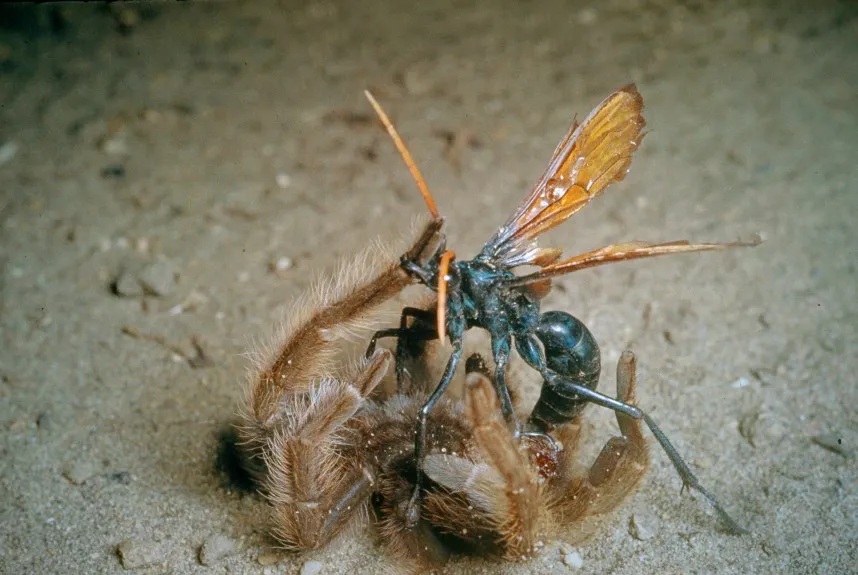
The diet of a Tarantula Hawk is very specialized. Adult wasps feed primarily on nectar and pollen, while the female wasp hunts tarantulas to provide food for their larvae. The hunting process is an incredible display of predatory behavior. The female wasp stings the tarantula, paralyzing it. She then drags the paralyzed spider to a burrow, lays a single egg on its abdomen, and seals the burrow. When the egg hatches, the wasp larva feeds on the still-living spider, eventually pupating and emerging as an adult wasp.
The Tarantula Hawk Sting Pain and Effects
The sting of a Tarantula Hawk is renowned for its excruciating pain, often described as one of the most painful stings in the insect world. The intensity of the pain is immediate and can last for several minutes. However, the sting itself is not usually life-threatening to humans. It can be a very unpleasant experience, though. The primary purpose of the sting is to paralyze the tarantula, not to defend against humans.
The Schmidt Sting Pain Index
The Schmidt Sting Pain Index, created by entomologist Justin Schmidt, is a scale that rates the relative pain of various insect stings. Tarantula Hawks are consistently ranked near the top of this scale, with a pain level of 4, the highest rating. The pain is described as a “blinding, fierce, unbelievably intense” pain, according to Schmidt’s descriptions. This index gives a scientific perspective on the severity of the pain caused by different insects.
What Makes the Sting So Painful?
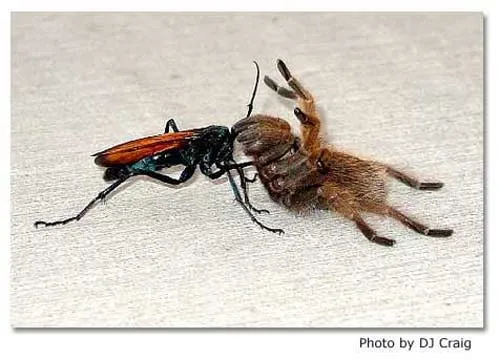
The extreme pain from a Tarantula Hawk sting is due to a complex cocktail of venom injected by the wasp. This venom contains a mixture of compounds that affect the nervous system, causing intense, localized pain. The venom itself isn’t particularly toxic, but its effect on pain receptors is what makes the sting so excruciating. The pain quickly subsides but can be followed by a dull ache. This pain is meant to rapidly paralyze the tarantula, enabling the wasp to complete its predatory duties.
The Myth of Tarantula Hawk Killers
Due to the reputation of their painful stings, there is a common misconception that Tarantula Hawks are deadly to humans. While the sting is extremely painful, it is rarely fatal. There are some cases of allergic reactions, but the main danger is the level of pain and the potential for secondary injuries, not the venom itself. The focus should be on the pain, not the likelihood of death.
Can Tarantula Hawks Kill Humans?
The short answer is no. Tarantula Hawks are not inherently deadly to humans. Their venom is not designed to be lethal to humans, and the amount injected is typically not enough to cause significant systemic harm. However, the intense pain can lead to secondary effects like shock and temporary paralysis, which can be dangerous depending on the circumstances. The primary danger comes from the pain and any subsequent reactions.
Allergic Reactions and Risks
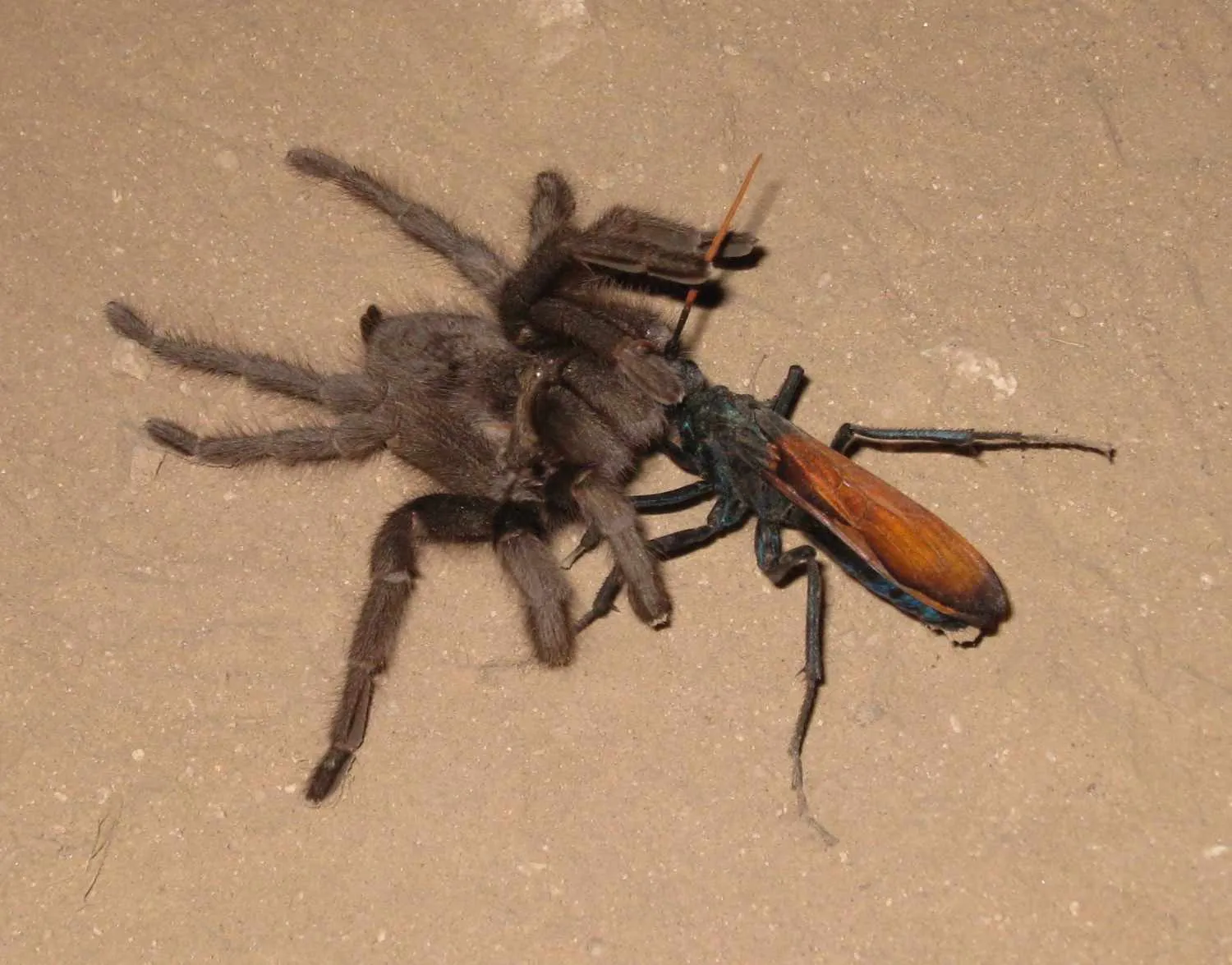
As with any insect sting, there is a risk of allergic reaction. While rare, severe allergic reactions (anaphylaxis) can occur in sensitive individuals and can be life-threatening. Symptoms of anaphylaxis can include difficulty breathing, swelling of the throat, hives, and a rapid drop in blood pressure. Anyone with a known allergy to insect stings should carry an epinephrine auto-injector (EpiPen) and seek immediate medical attention if stung.
Top 5 Deadly Facts about Tarantula Hawks
The Severity of the Sting
The Schmidt Sting Pain Index ranks the Tarantula Hawk sting as one of the most painful in the world. The pain is immediate, intense, and can last for several minutes, leading to a temporary loss of function. This severity comes from the unique composition of the venom. It is important to remember that it is the pain, not the toxicity, that is the most dangerous aspect.
Their Venom’s Effect
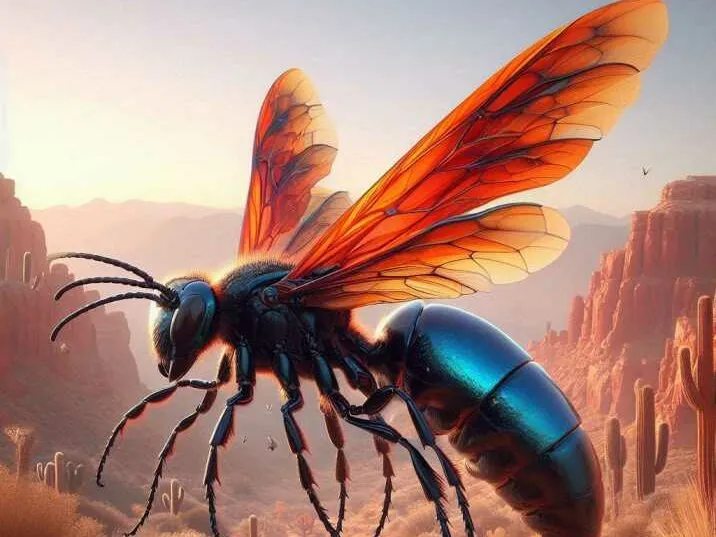
The venom targets the nervous system, causing intense localized pain that can be completely debilitating. The compounds in the venom cause the immediate paralysis of the tarantula. For humans, it leads to a sensation of intense pain and the potential for secondary effects, although it is not usually fatal. The venom’s rapid effect is what makes the sting so formidable.
The Hunting Process
The female Tarantula Hawk hunts tarantulas, a process involving locating, stinging, and paralyzing the spider. The wasp will then drag the paralyzed tarantula to a nest, lay an egg on its abdomen, and seal the nest. The larva will then feed on the living spider. The hunting process showcases the wasps’ incredible strength and predatory skill, illustrating their ability to subdue prey many times their size.
Defensive Behavior
Tarantula Hawks are generally not aggressive towards humans and will only sting if they feel threatened. However, their stings are a potent defense mechanism. The wasps’ willingness to sting is often due to a perceived threat. If confronted, they will readily use their sting, making any encounter potentially painful. It is important to give these wasps plenty of space.
Where They Live
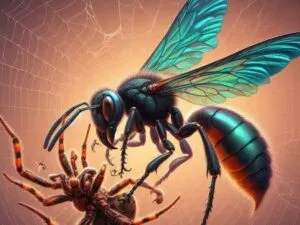
Tarantula Hawks are found in arid and semi-arid regions, particularly in the Americas. Their presence depends on the availability of tarantulas. These environments present their own challenges, and the wasps have adapted to survive in these conditions. Knowing their habitat helps you avoid an encounter with them.
Tarantula Hawks and Human Interactions
Most interactions with Tarantula Hawks are accidental, often resulting in a sting. The best way to avoid being stung is to respect their space and avoid provoking them. If you live or work in an area where they are common, awareness and caution are essential to minimizing the risk of a painful encounter. Knowledge about their behavior is the first step towards preventing injuries.
How to Avoid Stings
To avoid being stung, it is best to leave Tarantula Hawks alone. Avoid sudden movements and do not attempt to handle or disturb them. Wear long sleeves and pants, especially when working in areas where they are known to be present. Be aware of your surroundings. Pay attention to areas where you might encounter them, such as areas with burrows or tarantula activity. Awareness is the best defense.
What to Do if You’re Stung
If you are stung by a Tarantula Hawk, the best course of action is to remain calm. The pain will subside after a few minutes. Avoid trying to swat at the wasp, as this may result in multiple stings. Apply ice to the sting site to reduce pain and swelling. Seek medical attention if you experience any signs of an allergic reaction. Monitor the area for any unusual symptoms. Though the sting is very painful, it’s important to manage the symptoms and let the venom run its course.
Conclusion
Tarantula Hawks are fascinating and formidable creatures. While their sting is incredibly painful, they are not inherently deadly to humans. By understanding their behavior, habitat, and the nature of their sting, we can appreciate these remarkable wasps while minimizing the risk of a painful encounter. Knowledge is power. Respecting their space and avoiding unnecessary contact will ensure that your interactions with these insects remain safe and educational.
